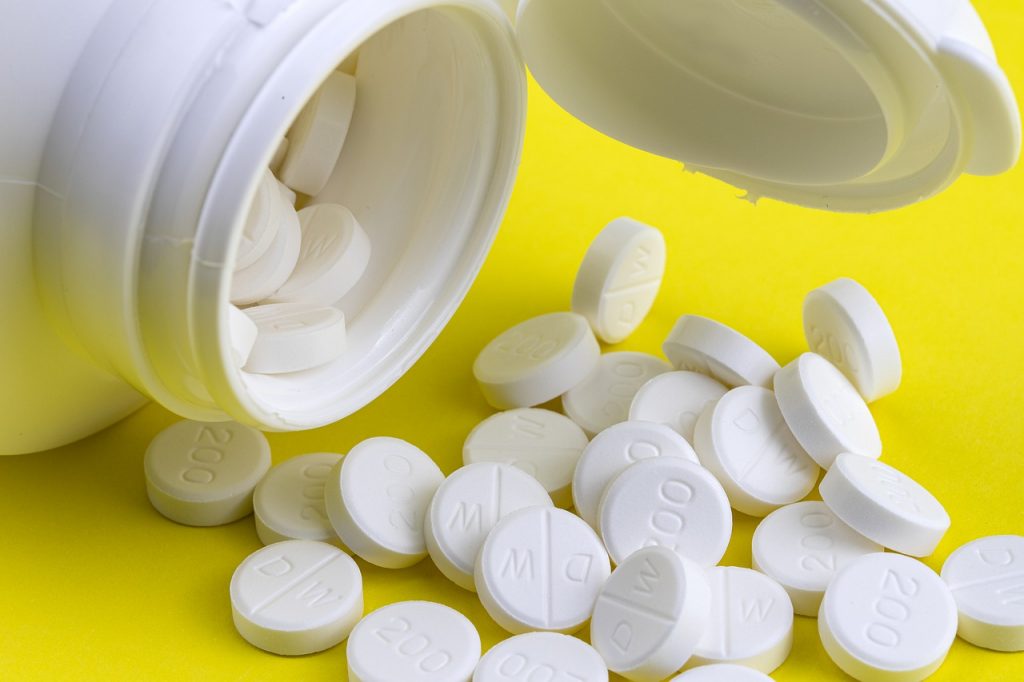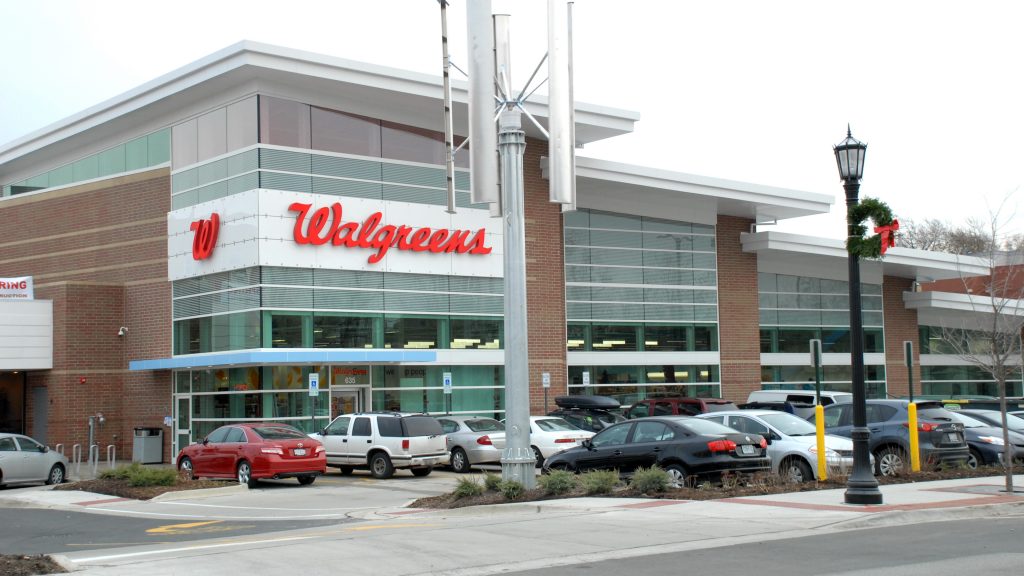Walgreens Is Using Robots To Fill Prescriptions
The next prescription you send to Walgreens just may be fulfilled by a robot.
This article is more than 2 years old

As pharmacies everywhere deal with understaffing issues, help is on the horizon. Robots will soon be taking over many of the prescription-filling tasks at Walgreens nationally, allowing pharmacists to fulfill their other essential duties. By 2025, as much as half of all Walgreens prescriptions filled will be done by automated services.
A group within Walgreens, the Walgreens Boots Alliance, is ready to begin this transfer to automatic prescription filling. The alliance is opening a centralized hub that can fill hundreds of bottles in an hour, more than most pharmacists can do in one day. Since the pharmacy industry is changing rapidly, with more online services due to the pandemic’s need for social distancing, AI has become imperative to keep businesses relevant. The pandemic has also put massive stress on healthcare workers and pharmacists, so having automated prescription filling would lift a significant weight off of their shoulders.
Walgreen’s most recent CEO, Roz Brewer, is taking the initiative to implement AI and automated hubs. Once the operating chief at Starbucks, Brewer is utilizing all of his marketing knowledge to advance the pharmacy into the future while easing the workload of the pharmacists themselves. Part of the company’s new path to growth started with Brewer acquiring a $5 billion stake in VillageMD, a primary care company. He also purchased a stake in iA, an innovative automation technology company specifically working with healthcare companies.
Brewer wants Walgreens patrons all over the nation to realize the importance of investing in AI. The CEO stated that with more of the perfunctory tasks being handled by automated technology, pharmacists had more time to interact with their patients and understand their concerns. Brewer said that the company wants pharmacists to get back to doing “the work they love to do.” Robots would help facilitate interpersonal relationships while leaving AI with the paperwork and prescription filling.

While this technology is still being perfected, pharmacists would still be in control of sensitive tasks. Time-sensitive prescription fillings would only be completed by Walgreens staff. Controlled substances would also have to be handled by real people, ensuring that powerful medications don’t get into the wrong hands. Brewer, and the rest of the company, want to ease into AI since computers can make mistakes or malfunction.
Analysts reported a positive outcome for Walgreens transitioning to automated technology. One of the main concerns for pharmacies is the competition between newer, online pharmaceutical businesses. Since the pandemic, Amazon-owned PillPack and CVS saw a significant rise in traffic. As Amazon acquired these online healthcare resources, more people trusted receiving their medications online. Analyst Brian Tanquilut noted that Walgreens using automated prescription-filling tech would allow the company more time and resources to invest in differentiating the company from other online pharmacies.
Trusted by many Americans, Walgreens’ new competitors threaten the nationwide pharmacy and its loyal customer base. By investing in automated services, Walgreens could solve general staffing shortages while allowing pharmaceutical reps more time and energy for their patients. An increase in automated pill-filling hubs could soon be a ubiquitous operation in pharmacies nationwide.



